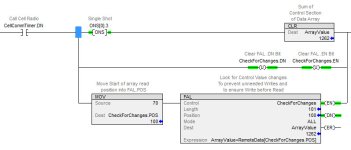TheWaterboy
Lifetime Supporting Member + Moderator
Yes, I will go correct that, but the flaw is that you can't ask for less elements to be manipulated than the number in position. I was asking for 30 elements starting at 70. i.e
POS > LEN so it said it was done
POS > LEN so it said it was done




